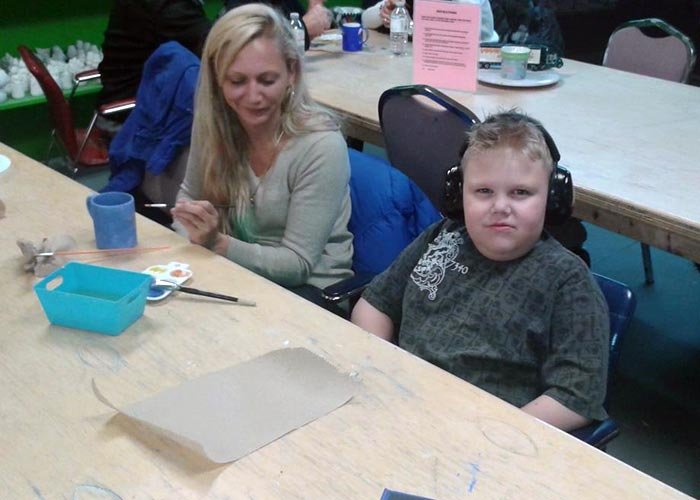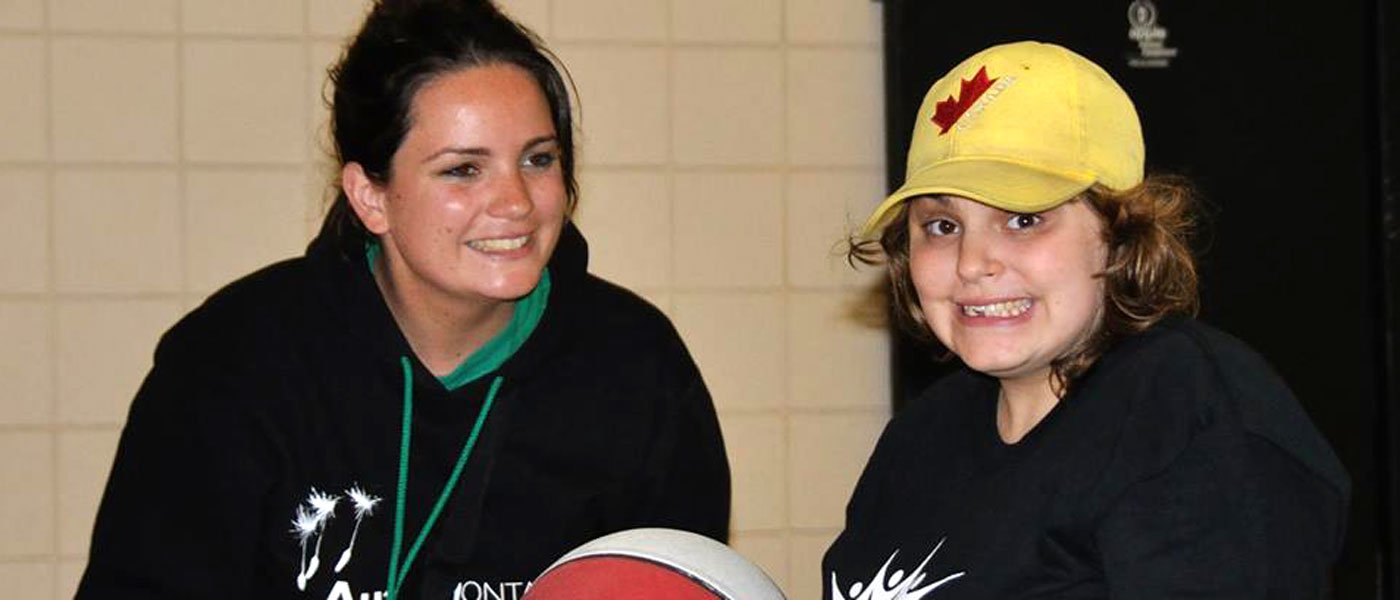In some cases we were
actually denied access to services
due to the agencies' criteria.
Autism Spectrum Disorder (ASD) is a neurological disorder affecting social communication and behaviour. Symptoms and severity vary from one person to the next and often includes extreme sensory differences and anxiety.
It is now recognized as the most common developmental disability. Once considered rare it is now more common than pediatric cancers, childhood diabetes and AIDS combined. Prevalence rates vary depending on the source cited but, as of 2015, York ASD Partnership (YASDP) uses the prevalence rate of 1 in 94.

A generation ago, the vast majority of people with autism were eventually placed in institutions. Professionals were much less educated about autism than they are today; autism specific supports and services were largely non-existent.
Families that supported individuals with autism experienced high levels of stress due to:
Families often had difficulty participating in community activities together and other children in the family frequently felt overshadowed by the special needs of their siblings.
The Autism Spectrum Association documented the historical challenges of special education in Ontario and a chilling story of what one family faced fifty years ago.

In York Region, as in many communities, parents had a hard time finding qualified professionals who knew anything about autism, and when they did find someone who could help, there were waiting lists, lengthy intake procedures, endless requirements to provide personal information, and describe the same experiences over and over again.
Daniel Share-Strom talks about the experiences he and his family had when trying to get support for his ASD diagnosis. Daniel also interviews 4 families about their experiences and expectations in dealing with an ASD diagnosis in their family.
Watch the videos.
In York Region, a group of parents and service providers said this system of uncoordinated, incomplete, and intrusive services was not good enough. Parents wanted a different future for their children. At the same time, a number of leaders in education and social services stepped forward and said to the parents: “We agree, we can do better. We can organize our services in different ways – but we need to work together with you.” From those aspirations, the York ASD Partnership was born.
